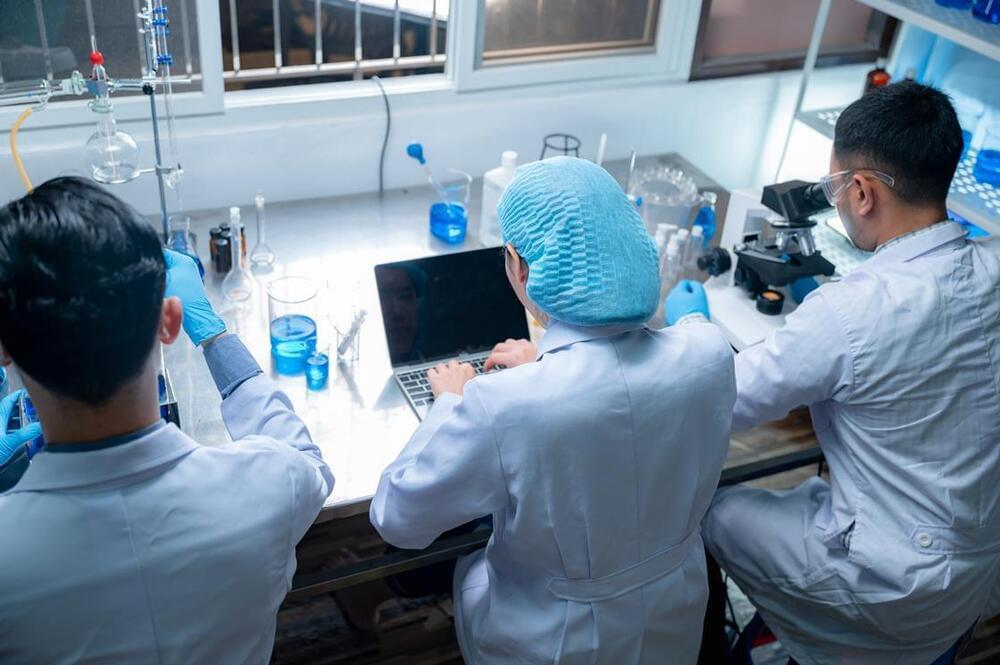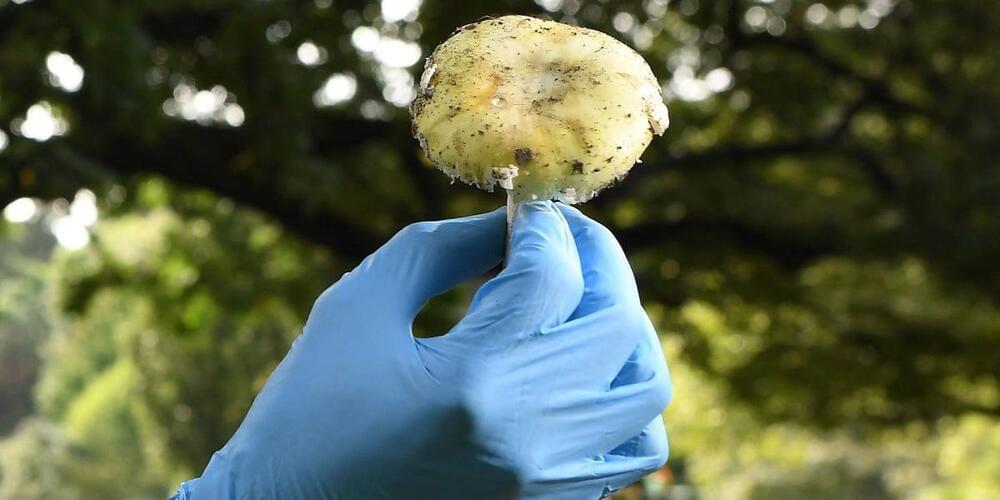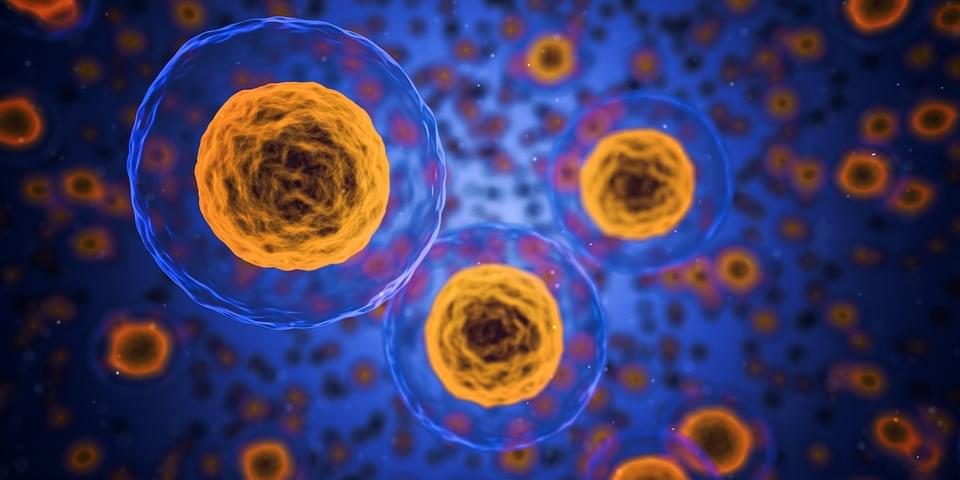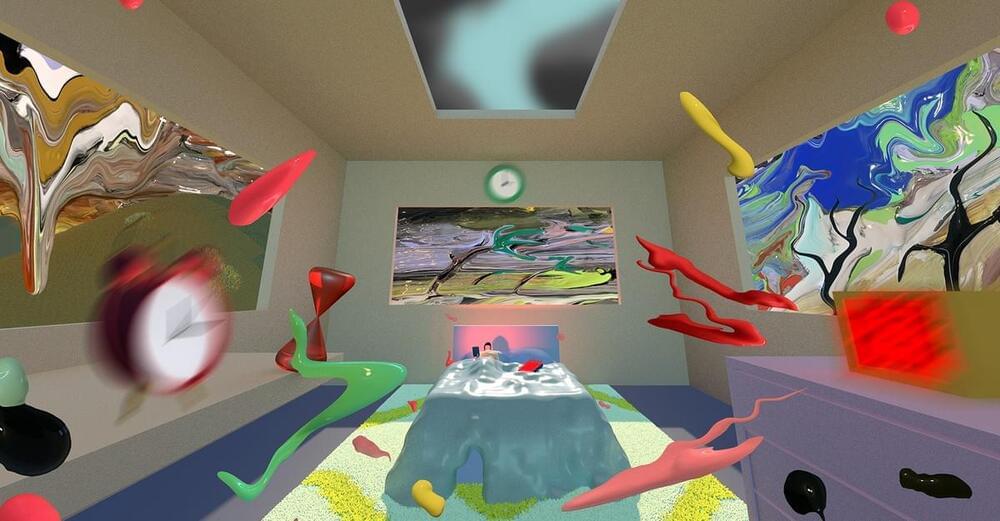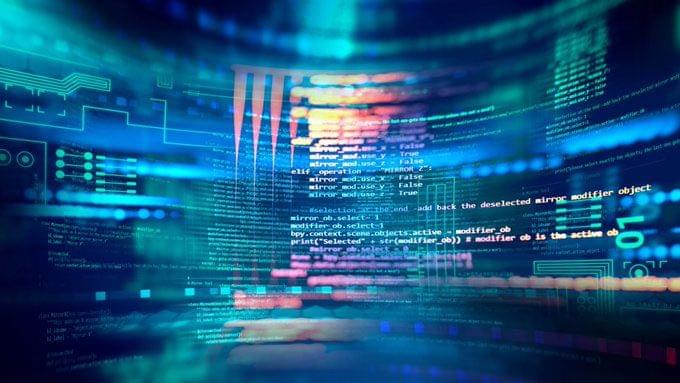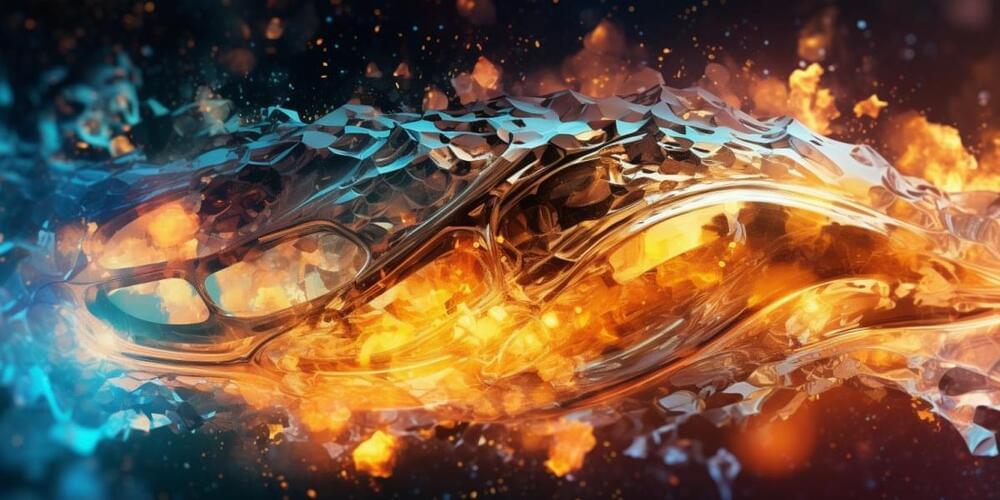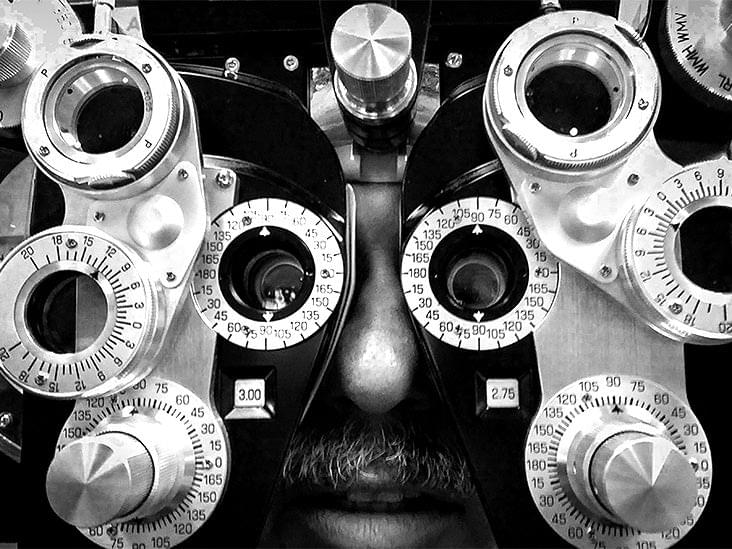face_with_colon_three year 2021.
Dogs have been added to a group of animals that, like humans, “recognize themselves as distinct entities from their environment,” a new study shows.
A report by Live Science noted the study’s findings were published Feb. 18 in the journal Scientific Reports.
The study shows that dogs “know where their paws end and the world begins,” Live Science said.

